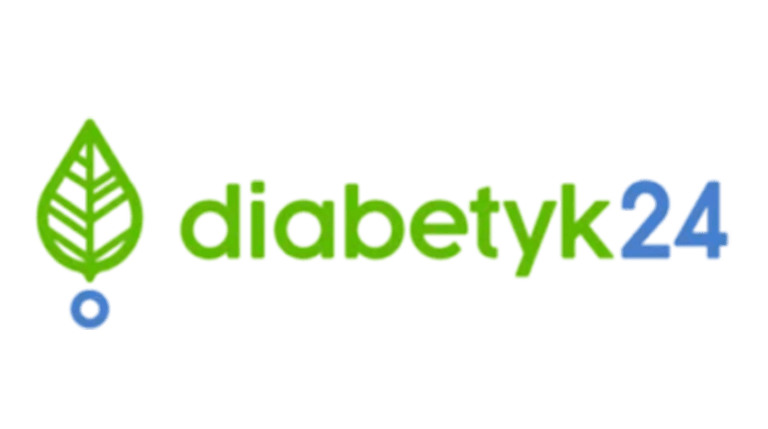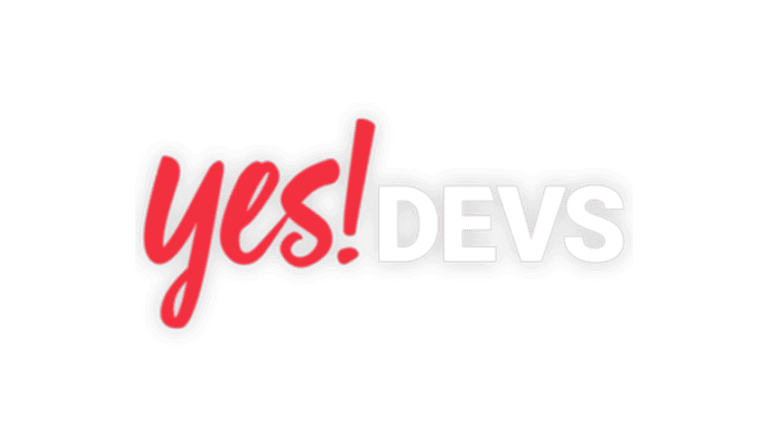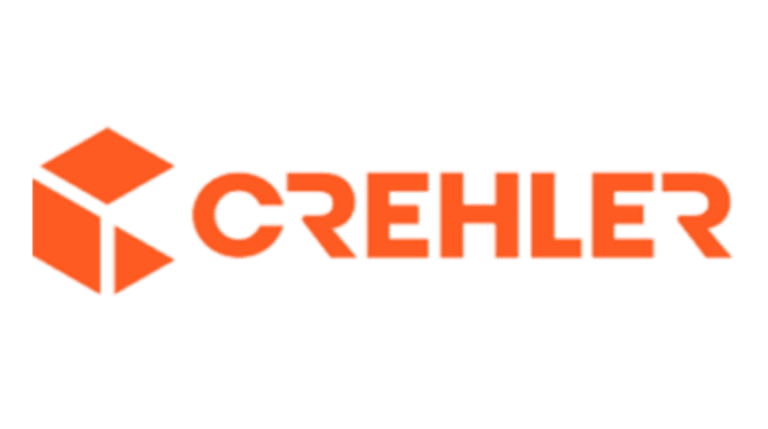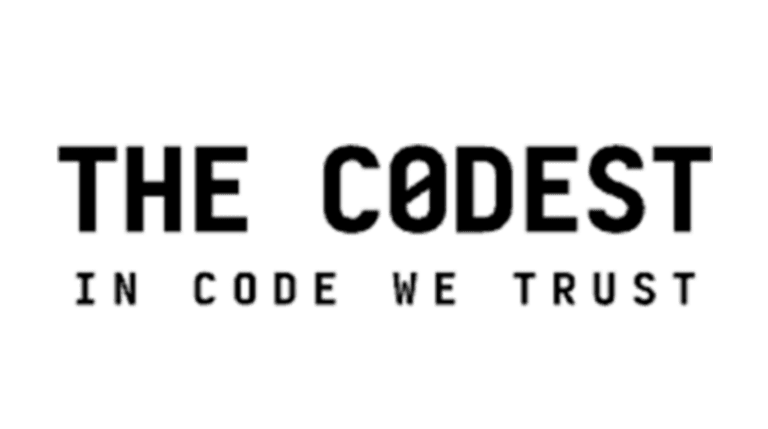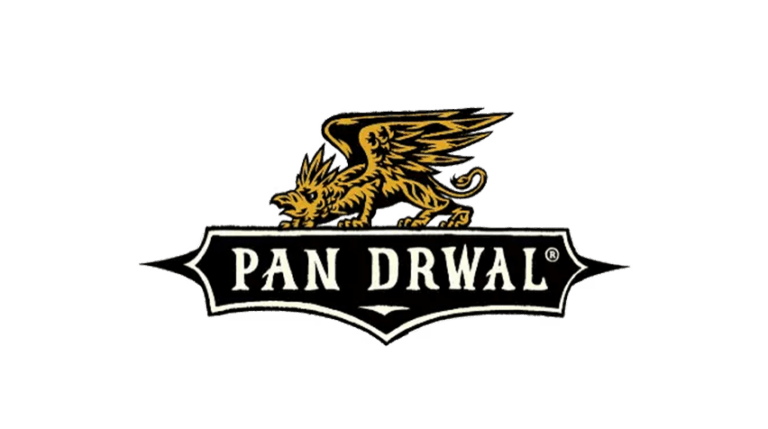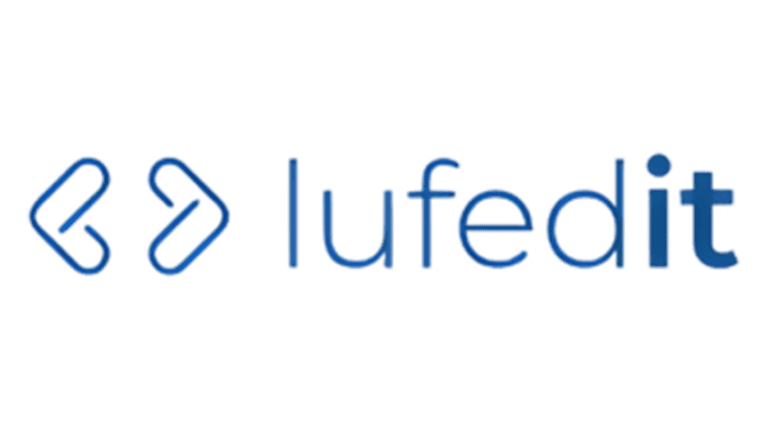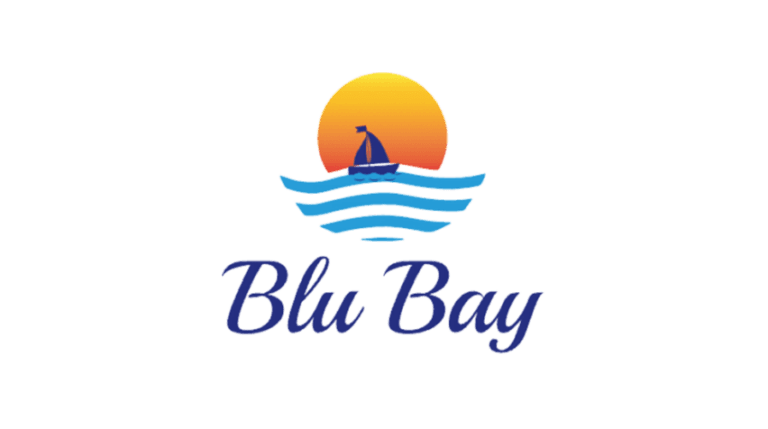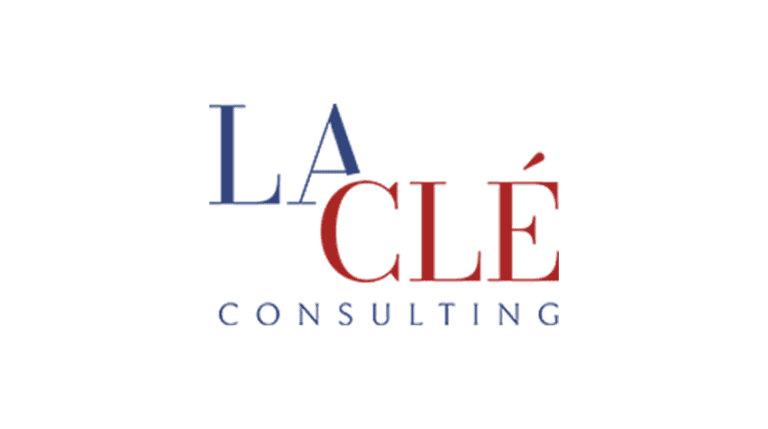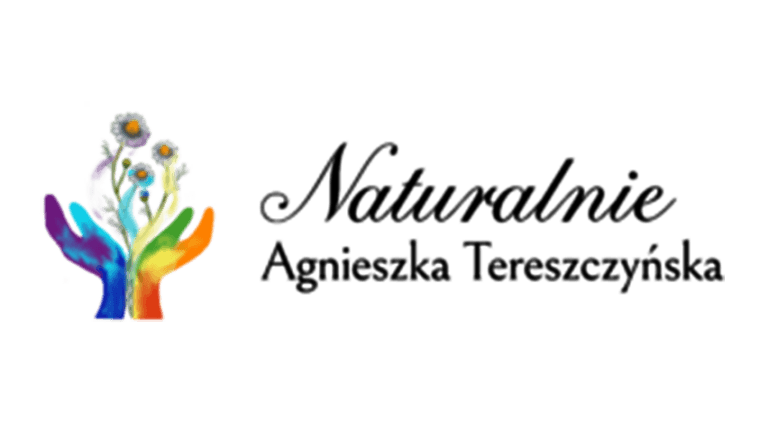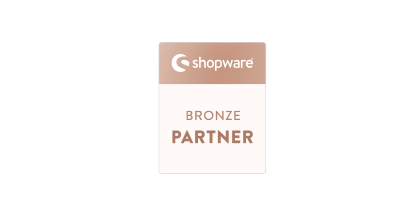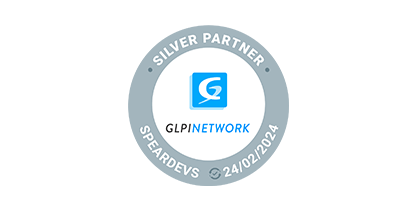Agile methodologies are frequently mentioned in project management, but how do they actually impact work?
In areas like e-commerce and custom software development, Agile’s practical approach to flexibility, teamwork, and meeting customer needs can make a real difference.
Learn how applying Agile methods can help deliver better results. This guide dives deep into Agile methodologies, exploring their key frameworks and the major advantages they offer for project management.
The core of Agile
Definition of Agile
Agile is a project management method that focuses on short, iterative cycles of development. It values regular feedback and the ability to adapt to changes throughout the project. Unlike traditional methods, which follow a strict sequence of phases, Agile promotes flexibility and ongoing review.
Agile Manifesto and its core values
In 2001, a group of software developers created the Agile Manifesto to find a more efficient and people-centered approach to development. The manifesto outlines four key values:
- Individuals and interactions over processes and tools:
It means prioritizing people and communication over rigid processes and tools. - Working software over comprehensive documentation:
Focus on delivering functional software rather than getting bogged down in extensive documentation. - Customer collaboration over contract negotiation:
Emphasize working with customers to meet their needs rather than sticking strictly to contract terms. - Responding to change over following a plan:
Adapt to changes as they come, rather than rigidly following a set plan.
These values stress the importance of teamwork, customer satisfaction, and the ability to adapt to achieve project success.
Principles of Agile
Agile principles expand on these core values and include:
- Delivering valuable software early and often:
Provide useful software regularly, from every few weeks to every few months. - Welcoming changes:
Be open to changing requirements even late in the development process. - Frequent delivery:
Deliver working software frequently to ensure progress. - Close collaboration:
Foster daily collaboration between business and development teams. - Supportive environment:
Build projects around motivated individuals in a supportive setting. - Effective communication: use face-to-face conversation as the most efficient way to share information.
- Measuring progress:
Assess progress based on the functionality of the software. - Sustainable development:
Maintain a steady pace of work. - Technical excellence and good design:
Focus on high-quality design and technical practices. - Simplicity:
Aim to do the least amount of work needed to get the job done. - Self-organizing teams:
Allow teams to organize their own work. - Regular reflection:
Frequently review and adjust processes to improve effectiveness.
Key Agile frameworks
Agile offers several frameworks, each suited to different project needs and team dynamics. Here are some of the most popular ones:
Scrum
Scrum is a widely used Agile framework, especially in software development.
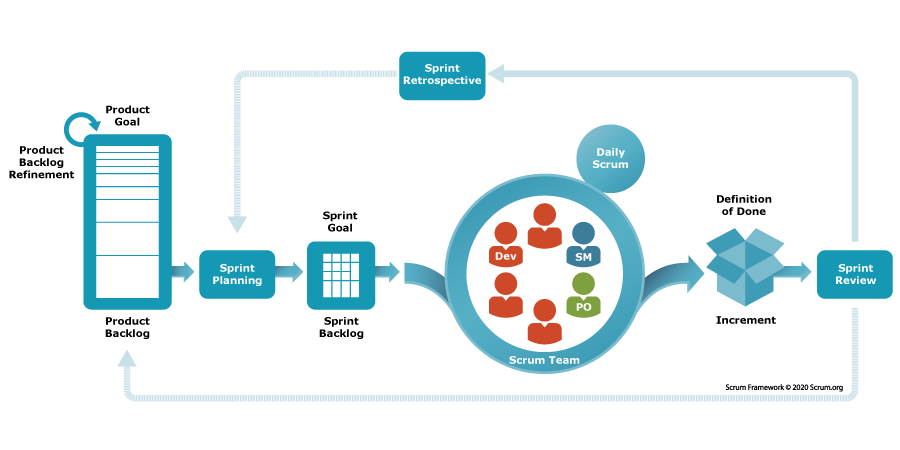
- Sprints: Scrum divides work into short, time-boxed periods called sprints. They usually last between two and four weeks. At the end of each sprint, the team delivers a potentially shippable product increment.
- Scrum roles: There are three key roles in Scrum:
- Product Owner: Defines the vision and priorities for the product.
- Scrum Master: Facilitates the Scrum process and removes obstacles.
- Development team: Works on building the product.
Kanban
Kanban is all about visualizing work and improving efficiency by limiting how much work is in progress.
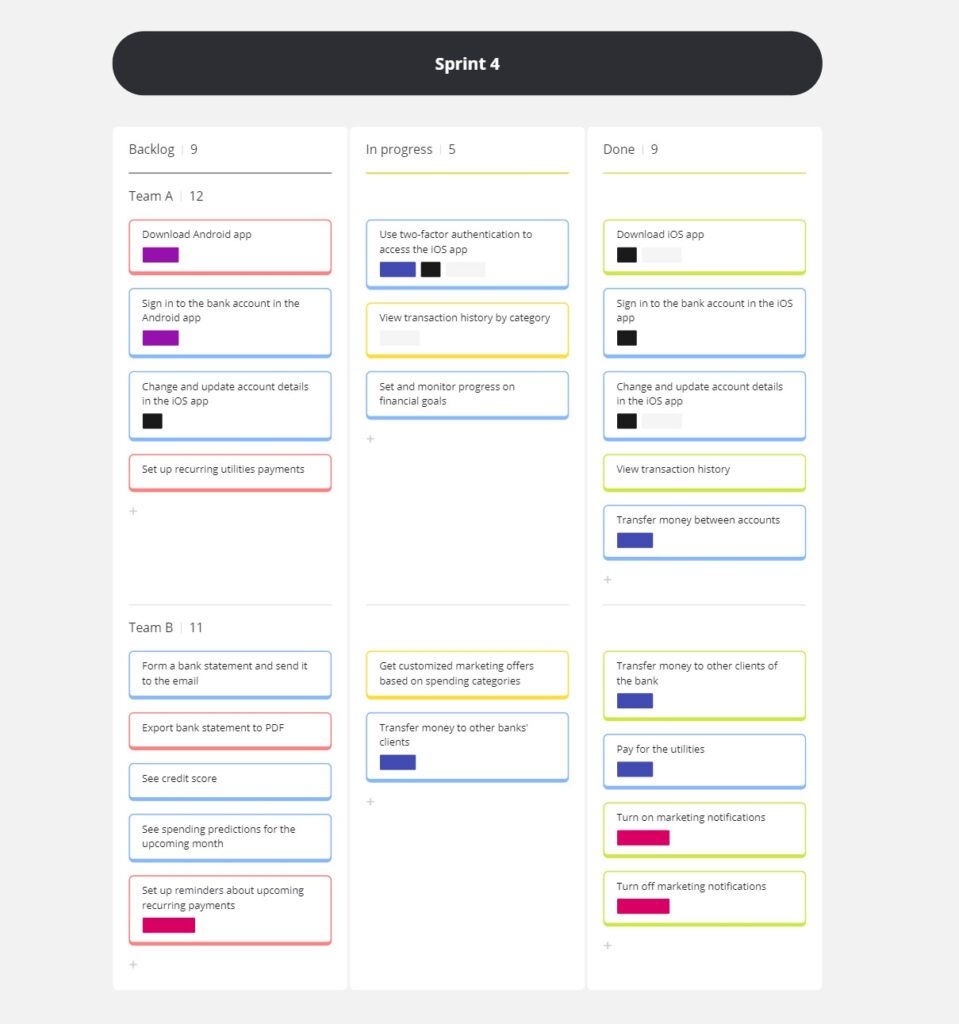
- Kanban board: The main tool in Kanban, the board, displays tasks as cards that move through columns representing different stages (e.g., Bakclog, In progress, Done). This helps teams see their work, identify bottlenecks, and improve their workflow.
- Workflow optimization: Kanban focuses on continuous delivery and optimizing workflow rather than working in set time periods. It is suitable for projects needing ongoing support.
Extreme Programming (XP)
Extreme Programming (XP) emphasizes technical excellence and strong customer involvement.
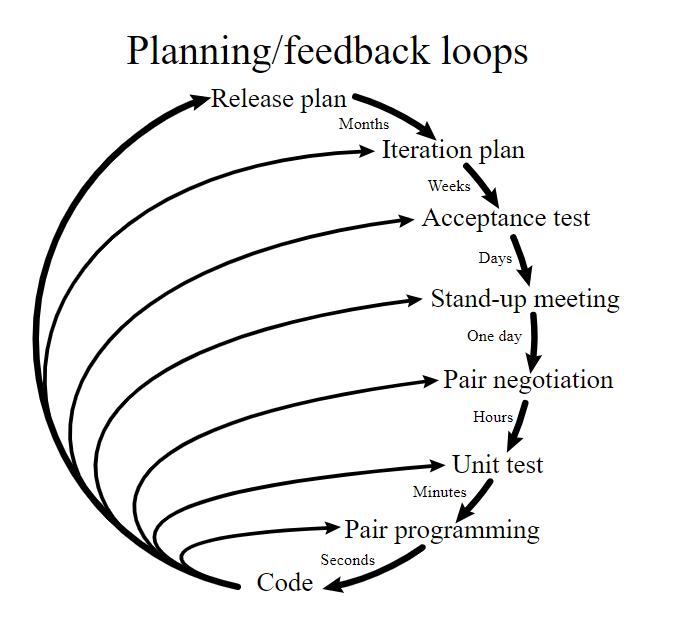
- Technical excellence: XP promotes practices such as Test-Driven Development (TDD), Pair Programming, and Continuous Integration to ensure high-quality code and reduce technical issues.
- Customer Involvement: XP encourages active customer participation with frequent releases and feedback, aligning the product closely with customer needs.
Feature-Driven Development (FDD)
Feature-Driven Development (FDD) is an incremental, model-driven approach.
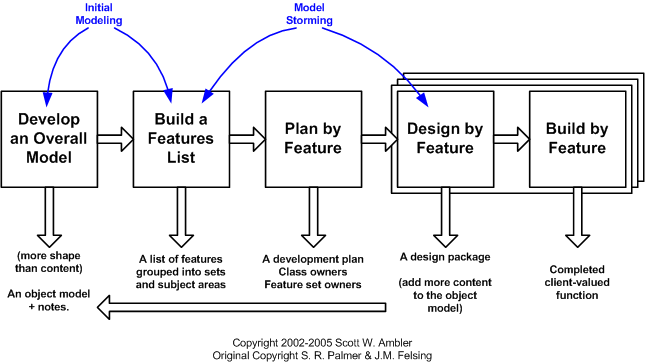
- Feature list: FDD starts with a high-level model and then creates a list of features, which are the functionalities the software will provide.
- Systematic feature delivery: Features are developed in small, iterative steps, ensuring the product remains usable and progresses steadily.
Agile frameworks comparison
Scrum
| Pros | Cons |
|---|---|
| – Promotes iterative progress through sprints, enhancing flexibility and adaptability. – Improves collaboration and communication among team members. – Ensures higher product quality through regular testing and feedback. – Involves customers throughout the process, increasing satisfaction. – Provides transparency and accountability with daily stand-up meetings. | – Requires strong commitment from all team members, which can be challenging. – Potential for scope creep due to continuous changes and improvements. – Can be difficult to scale for larger teams or projects. – Teams may struggle with the cultural shift from traditional methodologies. – Lack of a fixed timeline can lead to prolonged projects. |
Kanban
| Pros | Cons |
|---|---|
| – Visualizes workflow, making it easy to identify bottlenecks and manage tasks. – Highly flexible and adaptable to changing priorities. – Encourages continuous improvement and efficiency. – Reduces work in progress (WIP), leading to faster delivery times. – Enhances customer satisfaction by focusing on high-priority tasks. | – Lack of a prescriptive structure can lead to confusion without proper management. – Limited predictability in delivery timelines can affect planning. – Requires strong team discipline and self-regulation. – Incomplete process guidance may result in inconsistencies across teams. |
Extreme Programming (XP)
| Pros | Cons |
|---|---|
| – Promotes high-quality code through practices like pair programming and continuous testing. – Engages customers actively in the development process, ensuring satisfaction. – Reduces development time and costs with an iterative approach. – Encourages simplicity in code, making it easier to maintain. – High visibility and accountability among team members. | – Requires significant cultural and structural changes, which can be challenging. – May lead to insufficient documentation, causing scope creep. – Relies heavily on customer involvement, which may not always be feasible. – Pair programming can be time-consuming and may not suit all team dynamics. |
Feature-Driven Development (FDD)
| Pros | Cons |
|---|---|
| – Focuses on delivering features frequently, keeping clients satisfied. – Empowers developers by assigning feature ownership. – Simple and easy to understand, facilitating implementation. – Encourages a structured approach to feature delivery. – Combines the best aspects of Waterfall and Agile methodologies. | – Requires clear feature definitions, which can be challenging to establish. – May not be suitable for projects with rapidly changing requirements. – Can become complex if not managed properly, especially in larger teams. – Limited emphasis on team collaboration compared to other frameworks. |
Benefits of Agile methodologies
Adopting Agile methodologies can bring numerous advantages, especially in software development.
Focus on satisfaction
- Involvement throughout development: Agile keeps everyone engaged at every stage of the project. Regular feedback sessions ensure the final product aligns closely with their expectations.
- Real-time feedback and adjustments: Agile allows teams to quickly incorporate feedback, making real-time adjustments that enhance the final product.
Improved product quality
- Continuous testing and refinement: Agile encourages ongoing testing throughout the development process. This approach helps detect issues early and address them promptly, leading to higher-quality products.
- Early issue identification and resolution: Regular iterations and reviews help spot potential issues before they become major problems, ensuring smoother project progress.
Enhanced flexibility and adaptability
- Responding to changes in requirements or market conditions: Agile’s iterative nature enables teams to adapt swiftly to changing requirements, whether due to evolving client needs or market shifts.
- Crucial in e-commerce: It supports rapid updates and feature releases, keeping your platform competitive.
Faster time to market
- Delivering functional components quickly: Agile’s iterative approach allows for the early delivery of functional product increments. This speed can provide a significant competitive edge.
- Rapid deployment and competitive advantage: By releasing features or products sooner, companies can quickly respond to market demands and stay ahead of competitors.
Better risk management
- Regular assessments during sprints: Agile teams frequently evaluate risks at the end of each sprint, enabling early identification and mitigation of potential issues.
- Early risk identification and mitigation: Continuous monitoring and iterative development help manage risks proactively, reducing surprises as the project progresses.
Improved team collaboration
- Open communication and collaboration among team members: Agile fosters a collaborative environment where team members regularly communicate and share insights, leading to better-aligned goals and a stronger sense of ownership.
- Alignment and shared goals: With Agile, the team works toward a common goal, with clear roles and responsibilities, enhancing both morale and productivity.
Agile in e-commerce development
Agile methodologies are especially effective in e-commerce development, where customer expectations and market conditions can shift quickly.
Incremental releases of e-commerce features
Agile supports releasing features in small, manageable increments. This approach allows teams to continuously improve the user experience.
Continuous integration and deployment
Agile practices facilitate continuous integration and deployment, ensuring new features are smoothly integrated into the existing platform without interrupting service.
Customer-centric approach and user feedback
Agile emphasizes collaboration with customers and incorporates their feedback. This helps the e-commerce platform evolve to meet user needs, resulting in higher engagement and satisfaction.
Conclusion
Agile methodologies provide a flexible and efficient approach to managing projects. Adopting it allows you to produce high-quality products more efficiently, adapt swiftly to changes, and keep customers engaged throughout the process.
Agile methodologies FAQ
What is Agile methodology?
Agile is a project management approach that focuses on delivering small, functional parts of a product frequently. It emphasizes flexibility, customer collaboration, and quick adaptation to changes.
How does Scrum differ from Kanban?
Scrum uses fixed time frames called sprints to complete work, while Kanban is more fluid, focusing on continuous delivery and workflow optimization without fixed time limits.
What are the benefits of using Agile in software development?
Agile improves customer satisfaction, product quality, team collaboration, and risk management. It also allows for faster time to market and greater flexibility in responding to changes.
Why is Agile important in e-commerce development?
Agile allows for the rapid release of new features and continuous integration, keeping e-commerce platforms competitive and aligned with customer needs.
Can Agile be used for non-software projects?
Yes, Agile can be adapted for various types of projects beyond software development, particularly where flexibility and customer collaboration are important.


